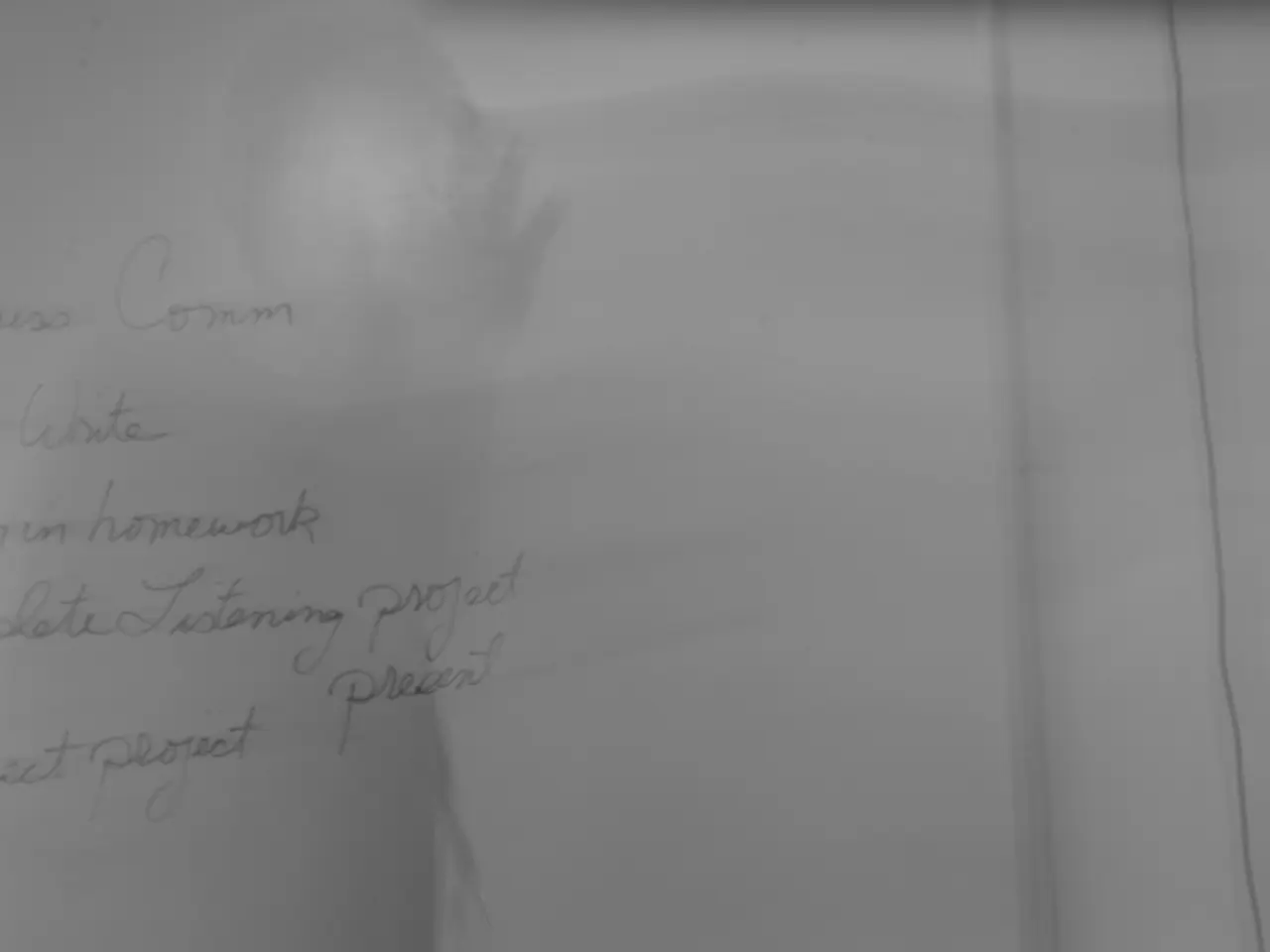Enhancing Collaboration Among Five Parties for Agriculture Intensification
In the increasingly integrated global economy, connections between the State, banks, researchers, businesses, and farmers are vital for establishing a green and sustainable agricultural sector within Vietnam. Vietnam News correspondent Tố Như delves into the advantages of the so-called "five-party linkage" and potential solutions for fortifying these relationships with Nguyễn Trí Ngọc, the general secretary of the Agriculture and Rural Development Association.
What are the key benefits of the five-party linkage in support of eco-friendly agriculture in Vietnam?
As economic integration deepens, agricultural connections are non-negotiable. To achieve sustainable agricultural growth, the roles of these interconnections must be more distinct and pronounced to enhance the value contributed by the agricultural industry during the integration process.
Moreover, these connections must become increasingly intense to meet Vietnam's rapidly growing agriculture sector's demands in terms of capital, market scale, and product quality. The development of such relationships will help alleviate conflicts arising from international integration.
Why are investors interested in organic agricultural production, and how can we maximize its value for all parties involved in the production chain?
The goal is to foster a sustainable agriculture that embodies green principles. This is not only a global trend but also a consumer preference domestically.
Organic products must have clear origins, verified through transparent, easily accessible standards. All participating parties—government, banks, researchers, businesses, and farmers—should collaborate to achieve this. The role of State management is essential, as it serves as the foundation for the sustainable development of agriculture.
Establishing a responsive, collaborative five-party linkage in organic production may be challenging, but it is indispensable in the current atmosphere. In recent years, this model has been re-shaped, with several standout examples showcasing substantial positive impact.
Conventional agriculture in Vietnam has experienced profound transformation, moving from fragmented, small-scale production with inconsistent output, insufficient capital, and limited technology. The cooperative efforts among the five parties intensify this positive change.
Nguyễn Trí Ngọc, general secretary of the Agriculture and Rural Development Association. Photo VNS Tố Như
The streamlined nature of the linkage involves the State devising policies and regulations, banks providing green loans, researchers sharing innovations, businesses investing in infrastructures and purchasing products, and farmers adopting advanced agriculture techniques.
The banking system has made significant strides in enhancing green loans for agricultural development, prioritizing this objective in their action plans. By reviewing and updating the legal framework surrounding banking operations and credit provision, they aim to support all economic sectors engaged in agriculture and rural development.
Engaging in regular discussions and addressing policy recommendations, banks have directed the implementation of credit programs and policies within the sector, as well as proactively proposed solutions to streamline loan application processes, making credit more accessible for customers.
Is Vietnam's agricultural sector aligned with reducing greenhouse gas emissions, and if so, how should fertilizer usage be addressed to further contribute to emission reduction?
Green agriculture and reduced greenhouse gas (GHG) emissions have a symbiotic relationship; unmitigated GHG emissions can undermine the effectiveness of green agriculture, while sustainable practices decrease emissions and improve overall agricultural performance.
The rice sector's aspiration to cultivate one million hectares of high-quality, low-emission rice is illustrative of this connection. The absence of emission reduction concerns would make these solutions ineffective, and production output would not generate income for farmers and businesses.
Fertilizers contribute significantly to agricultural output, accounting for a substantial share of industry input. Their judicious use is crucial for ensuring the harmony between sustainable agriculture and environmental protection.
Currently, fertilizer use within Vietnam's agricultural industry is wasteful, resulting in squandered resources and negative environmental consequences, including degraded soil, polluted water, and increased agricultural production hazards.
By 2030, the area under high-quality and low-emission rice cultivation will reach one million hectares. Photo chinhphu.vn
What measures are being taken to facilitate easier access to green credits for businesses and farmers?
Capital is paramount for fostering green and sustainable agriculture. Agriculture is a vulnerable sector with many medium and small-scale businesses struggling to operate without financial support.
A variety of solutions are available for businesses and farmers to access green credits, but key among these is the advancement of banks' responsibilities for green agriculture. Similarly, businesses and farmers have responsibilities to effectively utilize the capital provided.
The construction of a comprehensive, sustainable, and climate-resilient agricultural ecosystem necessitates contributions from all parties, including farmers, businesses, particularly financial institutions. For example, Nam Á Bank has outlined strategic commitments focused on inclusive finance, green credit, digital transformation for farmers through an open banking ecosystem, and encouraging value chain connections between farmers, businesses, and markets.
Reducing GHG emissions in agriculture, specifically in the fertilizer industry, is pivotal in combating climate change. Emission reduction strategies in this segment involve both production and usage. Many urea manufacturers are recovering CO₂ from emissions during production to manufacture urea.
When all stakeholders collaborate, share commitments, and assume common responsibilities, Vietnam's agriculture has the potential to evolve towards a green and sustainable future. VNS.
- In order for Vietnam's agricultural sector to sustainably grow, the roles of the interconnections between the State, banks, researchers, businesses, and farmers need to be more defined, enhancing the value contributed by the agricultural industry during economic integration.
- The demand for Vietnam's rapidly growing agriculture sector necessitates increasingly intense connections in terms of capital, market scale, and product quality. Strengthening such relationships will help alleviate conflicts arising from international integration.
- The key benefits of the five-party linkage in supporting eco-friendly agriculture in Vietnam lie in fostering a sustainable agriculture that embodies green principles, meeting both global trends and domestic consumer preferences.
- To ensure the success of organic production, all participating parties—government, banks, researchers, businesses, and farmers—should collaborate to achieve clear origins for organic products through transparent, easily accessible standards.
- A streamlined five-party linkage in organic production, involving the State devising policies, banks providing green loans, researchers sharing innovations, businesses investing, and farmers adopting modern agriculture techniques, is indispensable for the current climate.
- To ease access to green credits for businesses and farmers, solutions include bank advancements in green agricultural responsibilities, effective capital utilization by businesses and farmers, and the construction of a comprehensive, sustainable, and climate-resilient agricultural ecosystem with contributions from all parties.




